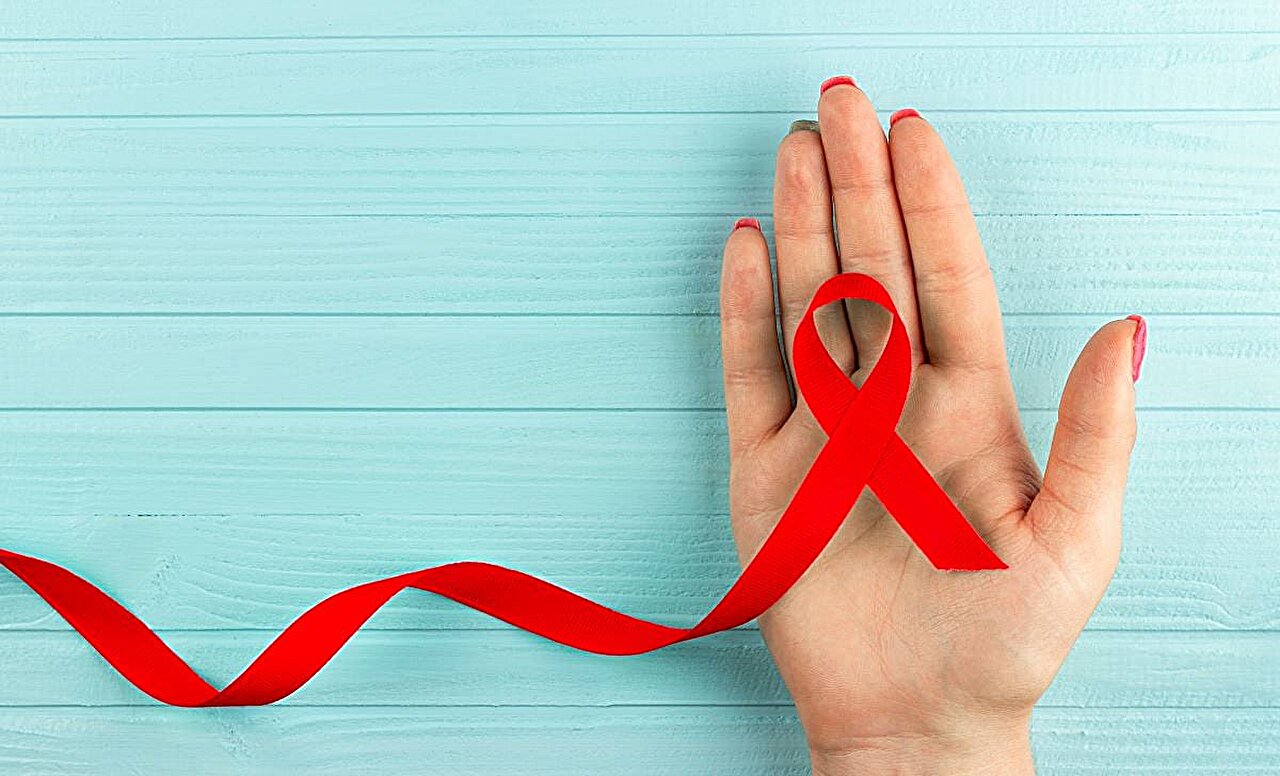Time: 2024-06-28
Mailed HIV self-tests (HIVSTs) have proven to be an effective tool in increasing HIV testing among individuals who have never been tested for HIV or have not received testing in the past year. According to research published in the U.S. Centers for Disease Control and Prevention Morbidity and Mortality Weekly Report, these tests have been instrumental in reaching priority audiences, especially those disproportionately affected by HIV. The online ordering portal for HIVSTs was launched on March 14, 2023, with a goal to expand the distribution of HIV self-tests directly to consumers. Throughout the first year of the program, approximately 443,813 tests were distributed to 219,360 individuals, highlighting the success and impact of the initiative.
The success of the HIV self-testing program can be attributed to the collaborative efforts and partnerships with LGBTQ+ dating apps, led by BHOC, and advertising through the CDC's Lets Stop HIV Together campaign. By marketing to populations most affected by HIV, including geographically targeted promotions within EHE jurisdictions, the program was able to reach a wide range of individuals who had not previously undergone HIV testing. Tailored approaches aimed at reaching populations disproportionately impacted by HIV, such as MSM, Black cisgender women, and transgender women, have been crucial in addressing health equity and ensuring equitable access to care and prevention services. The outreach strategies have played a vital role in overcoming barriers to traditional in-person HIV testing methods, thereby expanding access to HIV testing services.

While the HIV self-testing program has demonstrated significant success in increasing awareness of HIV status and facilitating access to prevention and care services, there are notable limitations that need to be addressed. The findings of the program are subject to limitations, including incomplete demographic and sexual behavior information from participants. Additionally, challenges related to documenting traditional testing outcomes and follow-up care post HIV self-testing have been identified. Low response rates to follow-up surveys suggest a need for alternative evaluation approaches and enhanced documentation of HIV self-test use by healthcare providers. Moving forward, Public health officials, clinicians, and community organizations must remain vigilant in promoting awareness of HIVST programs and providing necessary follow-up services to individuals who undergo self-testing.
The utilization of HIV self-tests has been instrumental in expanding access to HIV testing services and reaching individuals who may not have otherwise undergone testing. Moving forward, the continued promotion of HIVST programs, coupled with effective outreach strategies and partnerships, will be essential in ensuring equitable access to care and prevention services. By addressing the challenges and limitations of self-testing programs, public health officials can further enhance the impact of HIV testing initiatives and work towards reducing the morbidity and mortality associated with HIV/AIDS.